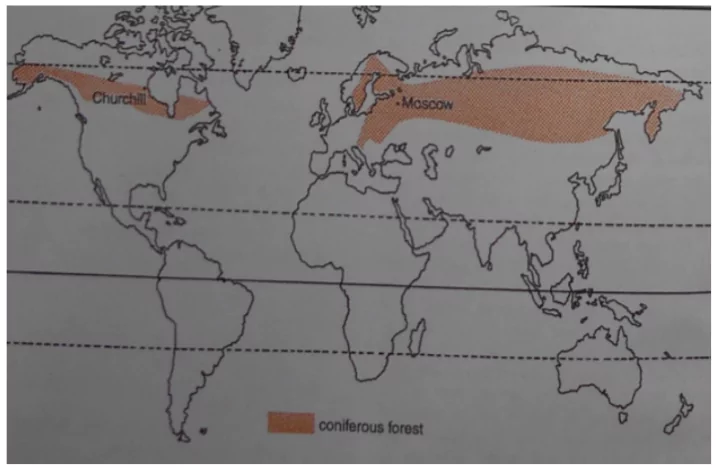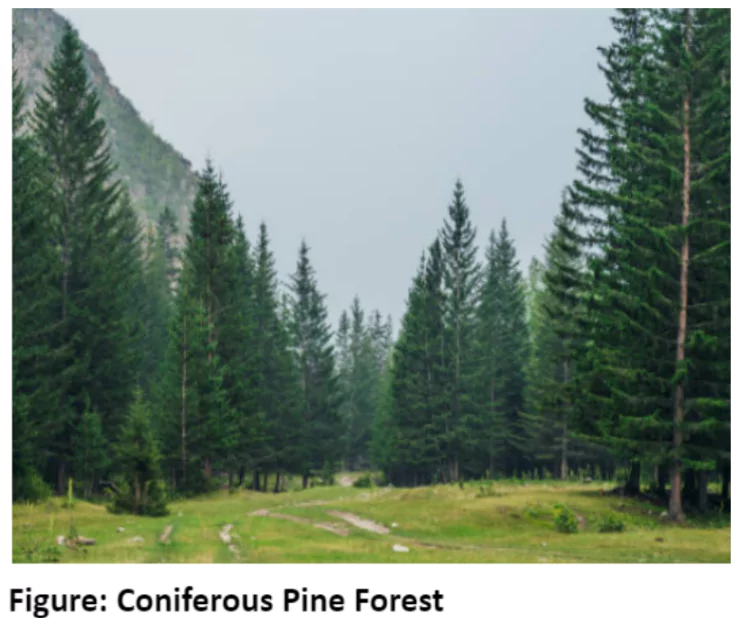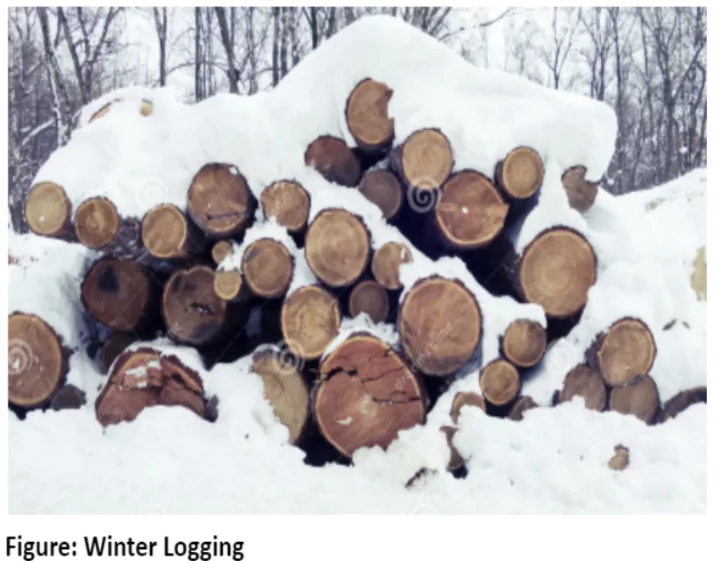![]() May 1, 2024
May 1, 2024
![]() 3584
3584
![]() 0
0
The cool temperate continental climate, known as the Siberian climate, shapes the northern regions of North America, Europe, and Asia with its extreme temperatures and vast coniferous forests. Characterized by bitterly cold winters and brief, cool summers, this climate fosters unique adaptations in vegetation and drives economic activities like lumbering. From the taiga forests of Siberia to the rugged landscapes of Canada, the Siberian climate defines the livelihoods and ecosystems of these regions.
 Transition: It transitions to the Arctic tundra towards the poles and gradually becomes milder towards the south, eventually merging into the temperate Steppe climate.
Transition: It transitions to the Arctic tundra towards the poles and gradually becomes milder towards the south, eventually merging into the temperate Steppe climate.
 Adaptations to Sub-Arctic Conditions: Their conical shape prevents snow accumulation and offers little resistance to winds.
Adaptations to Sub-Arctic Conditions: Their conical shape prevents snow accumulation and offers little resistance to winds.
 Industries: Conifers thrive in the harsh Siberian climate, making Eurasia and North America prime sources of softwood for various industries like construction, furniture, and paper production.
Industries: Conifers thrive in the harsh Siberian climate, making Eurasia and North America prime sources of softwood for various industries like construction, furniture, and paper production.
| Must Read | |
| Current Affairs | Editorial Analysis |
| Upsc Notes | Upsc Blogs |
| NCERT Notes | Free Main Answer Writing |
<div class="new-fform">
</div>
Latest Comments